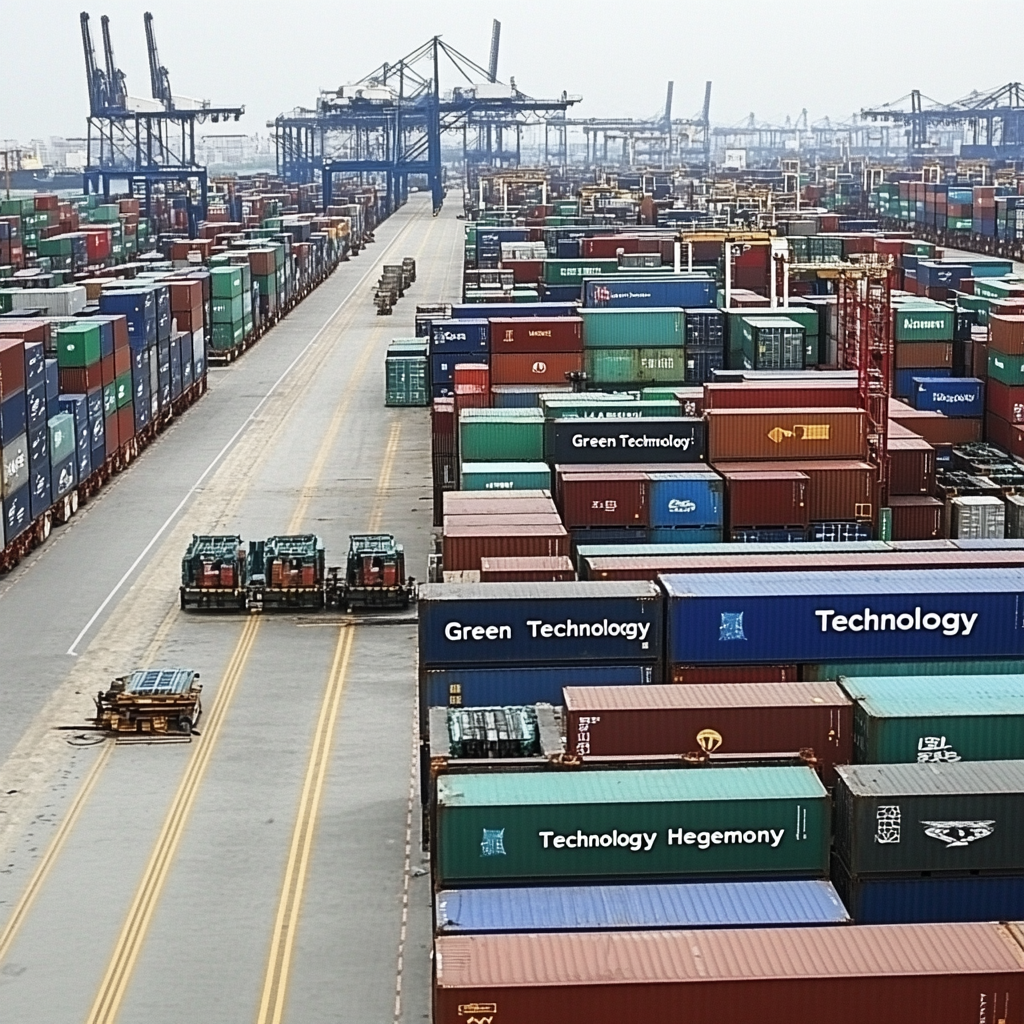According to reports , Vietnam’s export value in the first quarter of 2023 plunged by 11.8% year-on-year to USD 79.3 billion (approximately RMB 548.1 billion). Although the country maintained a trade surplus of USD 4.8 billion, Minister of Industry and Trade Nguyễn Hồng Diên publicly warned that developed nations are pushing Vietnam into an unequal competitive environment through “green technology barriers,” posing a major risk to the recovery of Vietnam’s manufacturing sector.

Double Decline in Q1 Exports and Imports — Key Sectors Hit Hard
Data from the General Department of Vietnam Customs shows that in Q1 2023, exports fell by 11.8% year-on-year, while imports dropped even more sharply by 15.4%. In terms of categories, industrial manufactured goods saw a 12.7% decline in export value. All major export sectors were under pressure: mobile phones and components dropped 12.2% to USD 13.4 billion; computers and electronic parts fell 9.3% to USD 12 billion; textiles and garments declined 17.7% to USD 7.2 billion; and yarn and fabric exports plummeted by 35% to just USD 941 million. Textile industry insiders stated that shrinking demand in the US and European markets has directly impacted Vietnam’s hundreds-of-billions-worth “pillar” export sector.
“Green Rules” from Developed Countries Become New Battlefield
At the Hanoi Industrial Forum, Minister Nguyễn Hồng Diên criticized developed countries for imposing carbon tariffs and energy efficiency standards under the guise of “clean energy” and “low-carbon production,” which he described as a form of “green trade protectionism.” He pointed out that although Vietnam has signed 15 bilateral and multilateral free trade agreements (FTAs), developed countries are using technological superiority to wage asymmetric competition: “They demand that Vietnamese companies comply with mechanisms like the EU’s Carbon Border Adjustment Mechanism (CBAM), yet offer no support in terms of technology transfer or funding. This essentially traps developing countries at the low end of the global supply chain.”
“Dual Circulation” Strategy: Expanding FTA Partner Markets
In response to external pressures, Vietnam is accelerating its “East-link-West” strategic approach. According to Vũ Đức Giang, Chairman of the Vietnam Textile and Apparel Association, in the short term, Vietnam must deepen bilateral trade with FTA partners such as ASEAN, South Korea, and the UK to offset declining demand from the US and Europe. In the long term, the country needs to upgrade its industries by building solar-powered garment factories and introducing AI-driven supply chain management systems. VNA analysis pointed out that the World Bank has forecast Vietnam’s economic growth to slow from 8.02% in 2022 to 6.3% in 2023. If Vietnam cannot break through the rising technical barriers, its export-led economic model may not be sustainable.
Industry insiders noted that the tension between Vietnam’s “green transition” and export preservation is becoming increasingly acute. If Vietnamese companies comply with developed countries’ environmental standards, their costs could rise by more than 30%; if they maintain the status quo, they risk being marginalized in global trade. Striking a balance between environmental regulations and competitiveness has become one of the most challenging issues for Vietnamese policymakers.




